Our local branch of the New York Public Library here in the boondocks of Staten Island reopened on June 11 after closing for more than three years. Anna and I attended the public ribbon-cutting ceremony, replete with speeches from community leaders; even the local division of the United States Coast Guard participated in the event. We’re pleased to have it back; just a short walk away, it’s a reliable source of free books, movies, and CDs for our edification and entertainment.
The Stapleton branch, at 132 Canal Street, just off Tappen Park, closed for massive renovation on April 15, 2010 ― more than three years ago. It’s a much-used resource in this working- to middle-class neighborhood; the year before they shut it down, it lent out some 90,000 items to approximately 75,000 patrons. The nearest alternatives are a long hike or a bus ride away, making it an important cultural fixture here, sorely missed by many during that hiatus. Fortunately, Hurricane Sandy’s waters lapped up to the streetcorner just across from it last fall, but left the remodel-in-progress unscathed.
Carrère & Hastings designed the original 4,800-square-foot brick-and-limestone branch library building in Stapleton in Classic Revival style. Originally a Carnegie Library, it was erected in 1907.
•
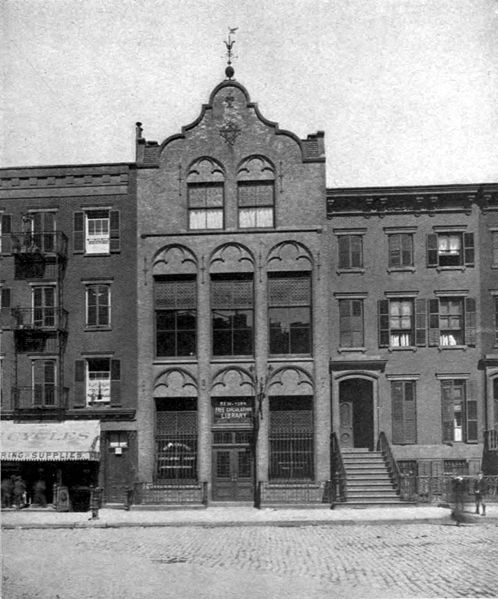
New York Free Circulating Library, Jackson Square Branch, exterior, circa 1890. Photographer unknown.
In appearance and atmosphere its interior reminded me very much of the first public library of my childhood, the one that shaped my internalized idea of the library ― the Dutch Guildhouse-style branch at 251 West 13th Street in Manhattan, designed by Richard Morris Hunt in 1887, called the Jackson Square Branch after a small park nearby. It opened on July 6, 1888, part of the New York Free Circulating Library, which merged with the NYPL in 1901. (It’s now a private residence; click here for an image of it.)
When I first entered it in late 1953, at the age of ten, the children’s section took up the entire second floor of the Jackson Square branch. Stepping into it, I felt something that must have made me kin to Eugene Gant, the hero of Thomas Wolfe’s 1935 novel Of Time and the River and a stand-in for Wolfe, overwhelmed by the riches of the Harvard library. All those books! So many that I would never read ― but as many, surely, as I could consume for the rest of my life.
I would bring home armsful, usually the maximum allowed (six, at that time), swapping them for another batch at least once a week. Beyond browsing the stacks on both floors (my parents authorized the librarians to let me check out items from the ground-floor adult section as well), I didn’t spend much time in the library itself, preferring to do my reading at home.
I don’t recall seeing many other kids there, nor more than a handful of adults for that matter; but I visited mostly in the hours right after school, 3:30-5. Yet even on Saturdays it felt hermetic, cocooned, crepuscular despite its tall front and rear windows, gloomy (though not in a scary way), and of course perpetually quiet. The photo at the left, from the NYPL’s collection, depicts a busyness that I never witnessed firsthand. Almost surely a staged event, with added light.
•
My parents moved us out of our railroad flat in the Meatpacking District just before my sophomore year in high school. I never again entered the Jackson Square branch while it still functioned as a library (the NYPL closed it in 1967), but chance ― or karma ― brought me to a subsequent relationship to the building that had housed it.
In December 1971 I received a press release for an exhibition titled “Bob Brown and His Friends, 1965-69: A Photographic Journal,” at a space named The Great Building Crack-Up Gallery, on West 13th St., theretofore unknown to me. One afternoon during the holiday season I headed to it in the company of the photographer Michael Martone, whom I’d visited earlier in the day.
Michael at that time lived and worked in a fifth-floor walk-up on East 15th St., directly across from my former high school, Stuyvesant. Seeing Stuyvesant brought back a lot of memories (most of them unpleasant); walking west toward my old stomping grounds got me to reminiscing about the Jackson Square branch of the library ― which we discovered, to my astonishment, now housed The Great Building Crack-Up Gallery, serving also as both home and studio for the artists Robert Delford Brown and his wife Rhett.
They’d bought the building at auction, gutted it down to its raw-brick walls, and remodeled the interior completely. The only trace of my childhood experience of the space was an outline of the steps that once led from the ground floor up to the children’s reading room, a dark zigzag up the east wall. I reviewed that show for the New York Times. This strange coincidence initiated a friendship that endured through Rhett’s passing and Bob’s subsequent sale of the building, right up to his death by accidental drowning on March 24 in the Cape Fear River in Wilmington, N.C.
So I visited that building numerous times, even slept over on occasion, bringing with me my personal history in that space, where books and literacy as social phenomena had first come together for me.
•
Around the time my family moved uptown I discovered the second-hand bookstores on Fourth Avenue, just south of Union Square, which became one of my refuges. I started to buy books for myself. Between those purchases and the substantial home library of my parents, I didn’t feel any need for the public library. I don’t recall visiting, even once, whatever branch lay closest to our new home on West 70th St.
Three years later I started college, and my research needs got fulfilled adequately thereafter by the respective libraries of Hunter College in the Bronx and then San Francisco State College. I continued to build my own personal book collection, and didn’t make use of a public library again until I’d earned my master’s degree from SF State and returned to New York to start my professional life.
No longer able to access a college or university library, I familiarized myself for the first time with the stupendous Main Branch of the NYPL on 42nd Street and 5th Avenue, with its iconic stone lions out front, as well as what was then its annex (at 10th Avenue and 43rd St.). I still recall sitting in the latter, researching the purist-pictorialist debate of the 1930s and 1940s, spending time with the NYPL’s run of the West Coast magazine Camera Craft and the contributions thereto of William Mortensen, about whom I’d end up writing at considerable length.
•
Not long after I came back to New York, my first wife and I moved to Staten Island. The original Stapleton Library, as I encountered it when I moved into this neighborhood in 1967, bustled by comparison with the Jackson Square Branch of my indelible childhood memory. With much less floor space than the Jackson Square Branch, and all its activities concentrated on one floor, the Stapleton Library had its children’s section to the right as you entered, its adult section to the left, and a periodicals area at the rear. The postcard below shows it as I found it.
In those pre-digital days it was all ink on paper; even VHS was barely a gleam in its inventor’s eye. The varnish on the oak shelves, panelling, and trim had darkened over the years, but while it felt cluttered, even cramped, with high windows on all four sides it seemed bright and inviting. Part of the credit for that goes to the aging librarians, all of them female, who made everyone who entered feel welcome.
As time went on they added videotapes, then a photocopy machine, and eventually several computer stations, plus CDs and DVDs. Compressed to start with, the space couldn’t handle these extras effectively; each one required the elimination of shelf space for books. (It was never wheelchair-accessible; no architect thought about that in 1907, and this design didn’t allow retrofitting.) Finally, expansion and upgrading became inevitable. Hence this inarguably overdue reconfiguration.
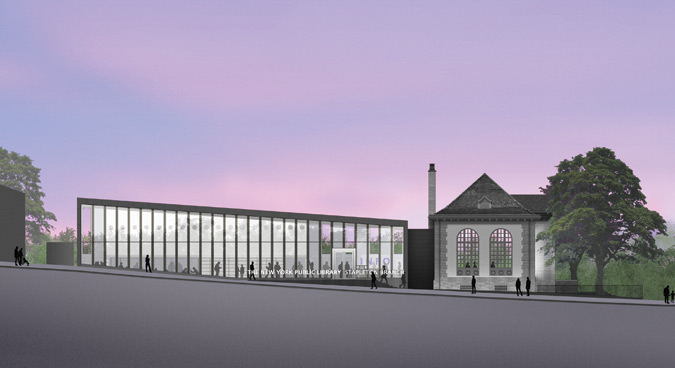
Architect’s rendering, Stapleton Library renovation, courtesy NYC Department of Design and Construction.
The revised structure, a mashup of late 19th- and early 21st-century architectural styles, is a one-story, 12,000-square foot space, light-filled and sleek. Its 7,000-square-foot addition more than doubles the library’s size. The new extension connects directly to the original Carnegie Library building, which has been designated as the new children’s reading room, its windows and oak shelves and panelling refinished but retained. The structure is extremely green, from an ecological standpoint, and handicap-accessible. It has bathrooms, and drinking fountains. It offers 40 computer stations and 10 loaner laptops with online access and printing, free wifi, DVDs and CDs. There’s a personable, articulate young staff. Miniature replicas of the iconic stone lions done in grey Legos by “brick artist” Nathan Sawaya flank its checkout desk. A perfect example of the postmodern library.
It even has books.
•
This post supported by a donation from the Estate of Lyle Bongé.



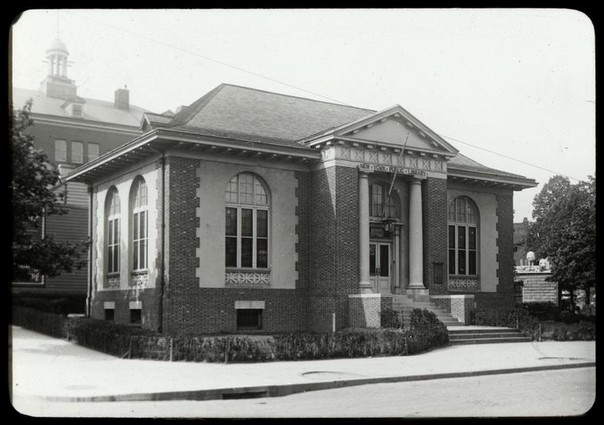
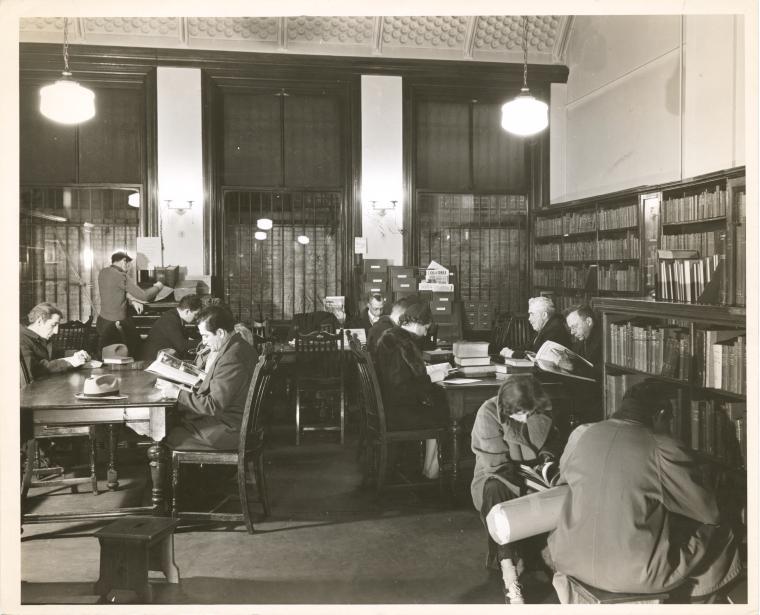
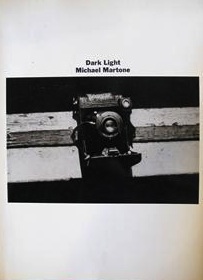
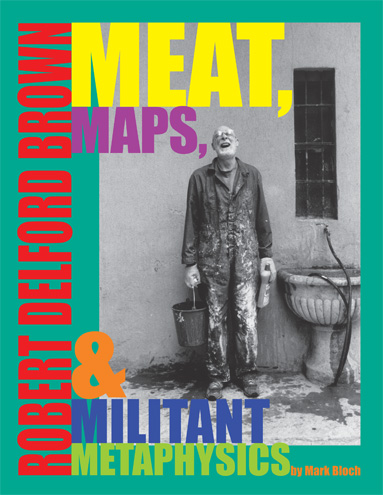
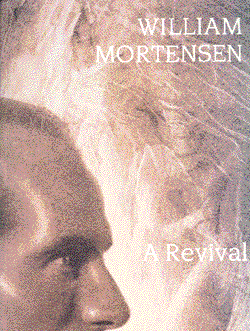
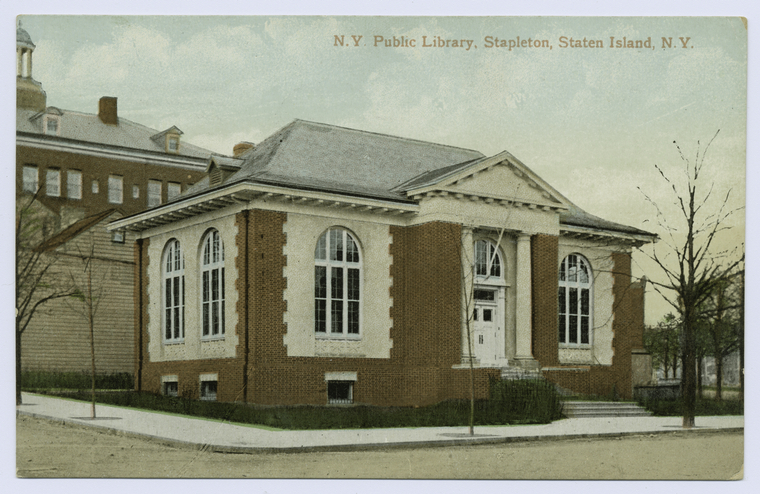




Allan,
I always get something rich from your posts. Even though the particular library of your anecdotes is – and probably will forever be – out of my sphere, your musings on it remain universal, as all writers and thinkers have their own stories about exposure to the worlds/words of ideas. Your specifics caused me to think of my own, not a bad way to spend 10-15 minutes on a summer afternoon.
More specifically, your casual reference to “…literacy as social phenomenon…” struck a chord. I had not considered that statement as a way of saying, well, just that. I wish I had said it, and now, in fact, I will. More importantly, I will “think” it. Maybe I’m a bit behind, but such is life in the world of ideas.
So, a mellow noncontroversial personal essay on a particular place and time in your life serves yet again to make your humble reader consider the temporal and spatial coordinates of his own enlightenment. Not a bad way to spend your own time, methinks.
All best, and thank you.
Lance Speer
Nice historical review, Allan. If you or any other bibliophiles haven’t yet seen it, the NYPL (42nd Street) has a wonderful exhibition: “The ABC of it: Why Children’s Books Matter.”
When I saw the exhibit at the main branch, I think I realized how important my early exposure to to great stories and great illustration had been to my life. My Aunt Flora was a volunteer librarian on Long Island. My Aunt Agnes was a school teacher at PS.154 in Brooklyn. Neither had children and their maternal instincts were often expressed with books they felt would charm and even enlarge the lives of nieces and nephews.
I am convinced that I remember the day, even the moment, I figured out how to read, kneeling behind a living room chair with Lillian Moore’s “A Child’s First Picture Dictionary.” The revelation was like a bolt of lightning, so vivid I can still see my knees up against the book. I gather I was four years old, from Flora’s comments later on. Fantastic day.
Reading was central to our young lives; my brother Willy and I used a magnifying glass to concentrate the light of a distant street lamp on our book, pressed against the wall, so we could continue a story after we were required to turn off our bedroom lamps and go to sleep. This would be only a few letters at a time….a stream of them collecting into the narrative thread of a silent tale unfolding in the dark.
Stuyvesant High School in the late 1980’s became more palatable to look at (and think of) as I often chatted with a gray haired English teacher who would chase stray students off of my front door entrance steps when he was given “Monitor duty.” He soon afterwards became a quite famous writer — Frank McCourt.
McCourt’s books even became well known films, but his book “Teacher Man” stays with me as a favorite of mine showing us how in society teachers truly as the comedian would say “Get no respect” and become in fact for some parents as professional as a domestic servant.
Or should I in McCourts thinking say, akin to that of a domestic servant by many parents not a respected professional at all.
MIchael> . I remember your fifth floor walk-up. With 8 month old babe-in-arms, Travis and I came to stay on our way to the UK. I have a few of your photographs. My dad in London, Andy Warhol, Travis in Atlanta. I am visiting NY in August, and would love to meet up. Fran